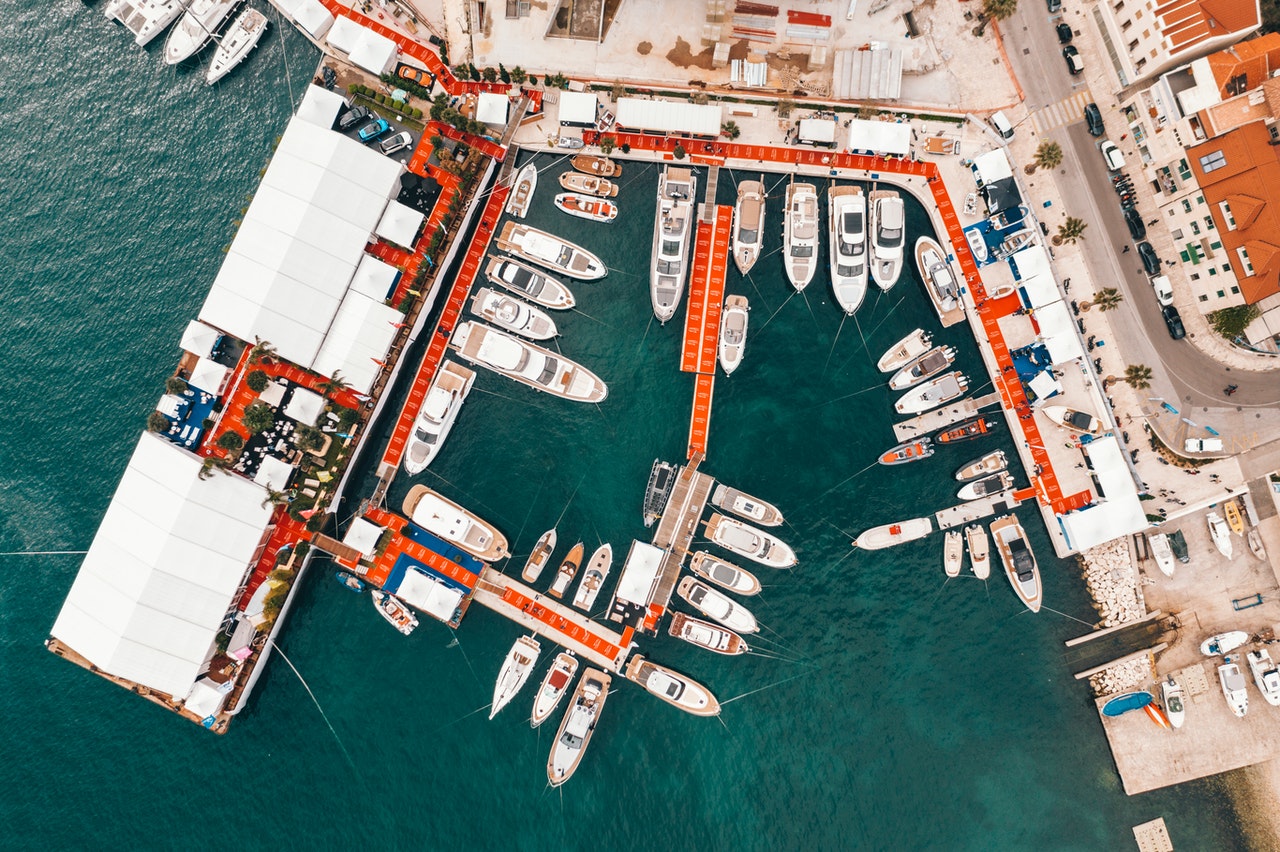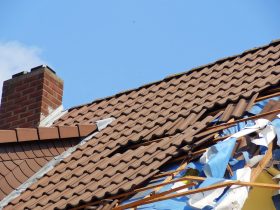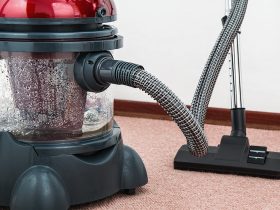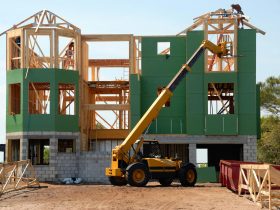Installing constructions on or in water is a much more complicated process than land construction. Here are three things you should know about marine construction.
1. Consider Your Location
You need to think about the type of water your marine construction will be in. Will it be salty, fresh or brackish? Will it be calm or choppy? For example, if you want to install Palm Beach County marine construction, you’ll likely be focused on materials and designs that will hold up in saltwater, while freshwater-focused construction and materials will better suit your needs if you live in Erie, Pennsylvania.
2. Abide By Safety Measures
Because of how much more difficult it can be to install marine structures than it is to install structures on dry land, you must abide by all safety protocols and recommendations. There are regulations for everything from docks to pipelines and from bridges to dredging. The contractor you work with should be aware of safety regulations in the marine construction industry and have a plan to follow them.
3. Build According To Your Climate
Because of how powerful water can be, you must consider the climate and weather patterns of your location when you want to install any type of marine construction. If you live in an area where hurricanes, typhoons, or monsoons are common, for example, make sure your structures can withstand high winds and powerful waves or are easy to repair or replace after a storm recedes. On the other hand, if you live somewhere where it gets very cold, by freshwater with a tendency to freeze over, you should make sure your building materials can withstand very low temperatures.
There are many things you need to consider when you want to get involved in marine construction. Do your research and be actively involved in the entire construction project so you’re kept aware of its overall progress and any issues that develop.








Leave a Reply